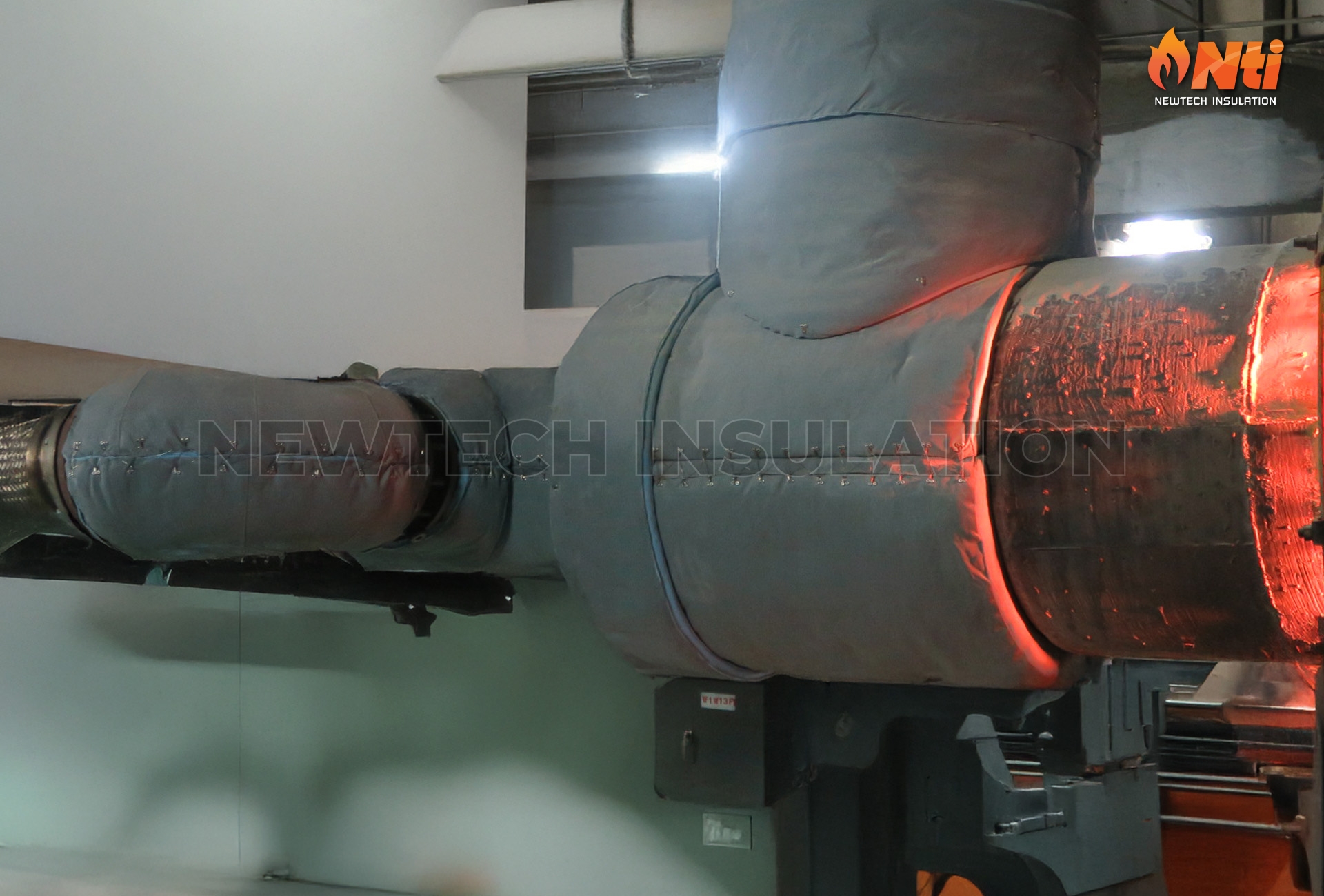
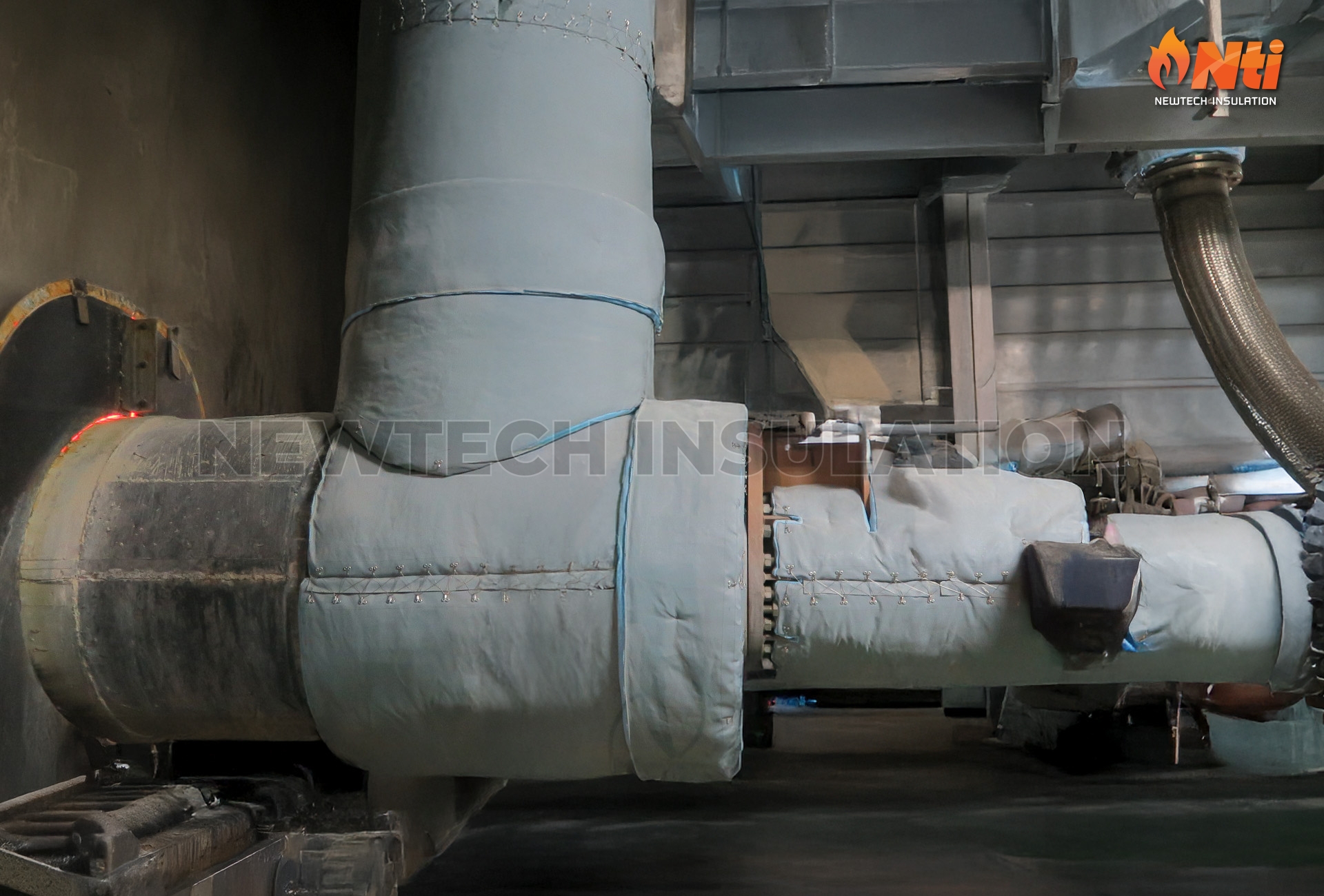
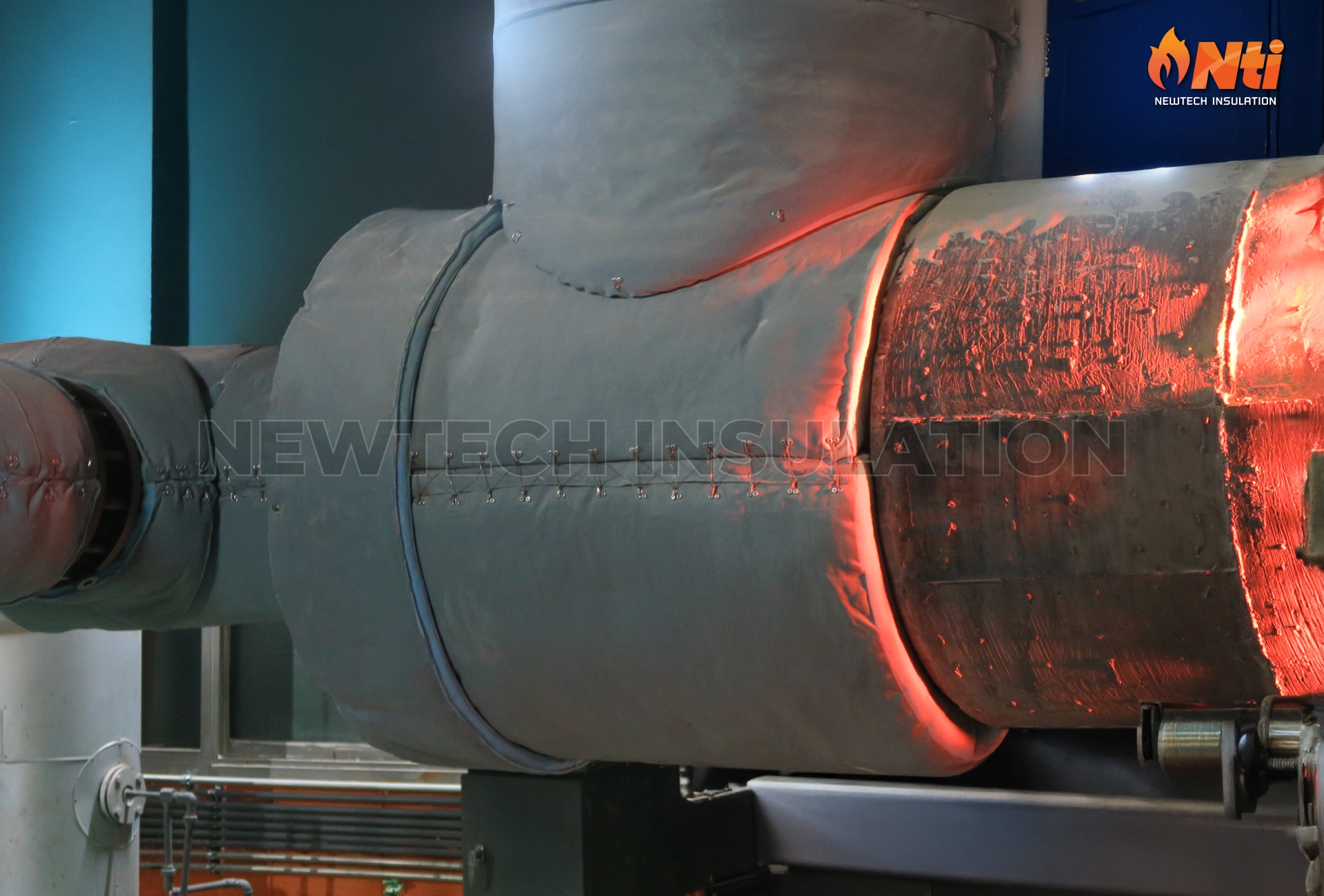
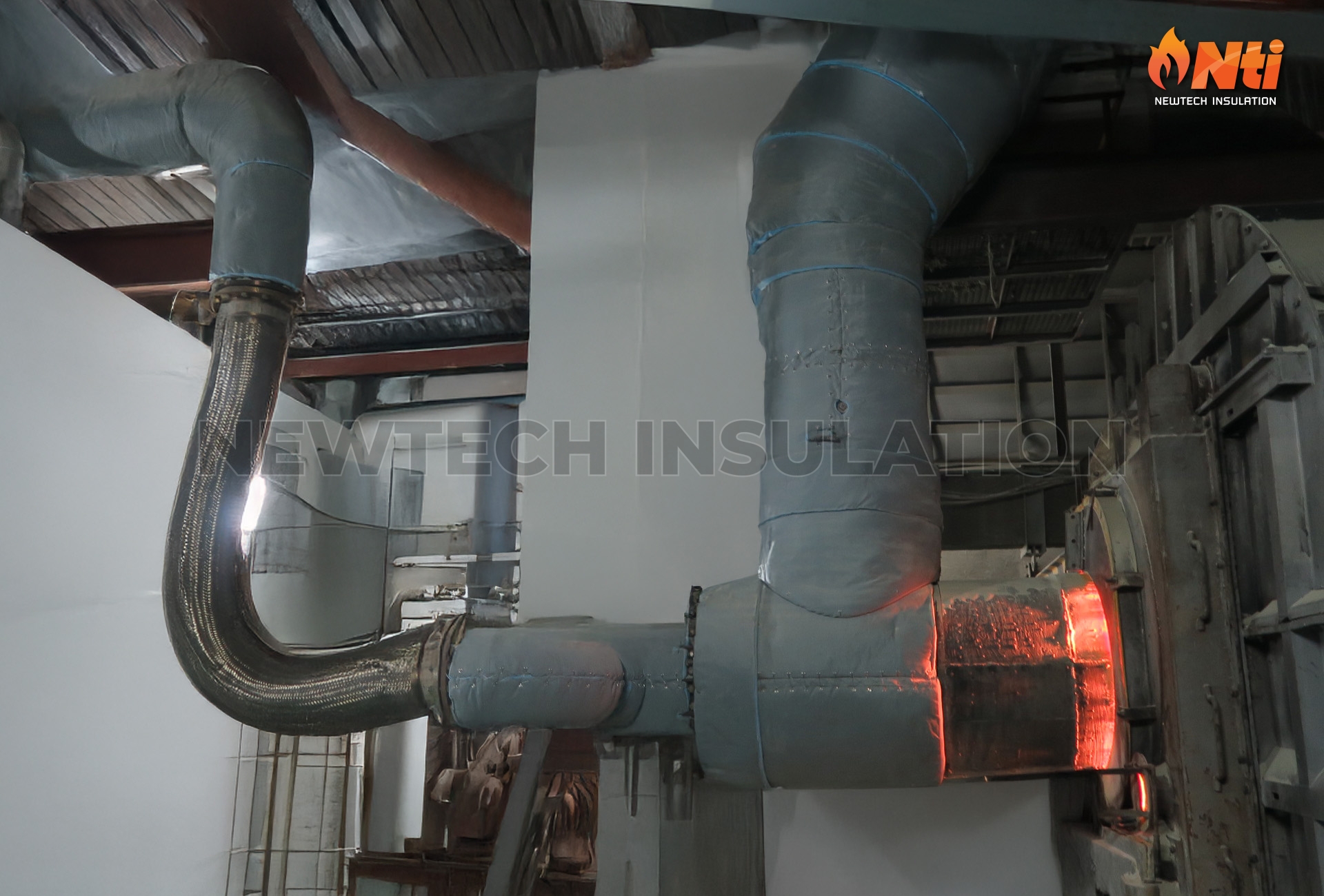
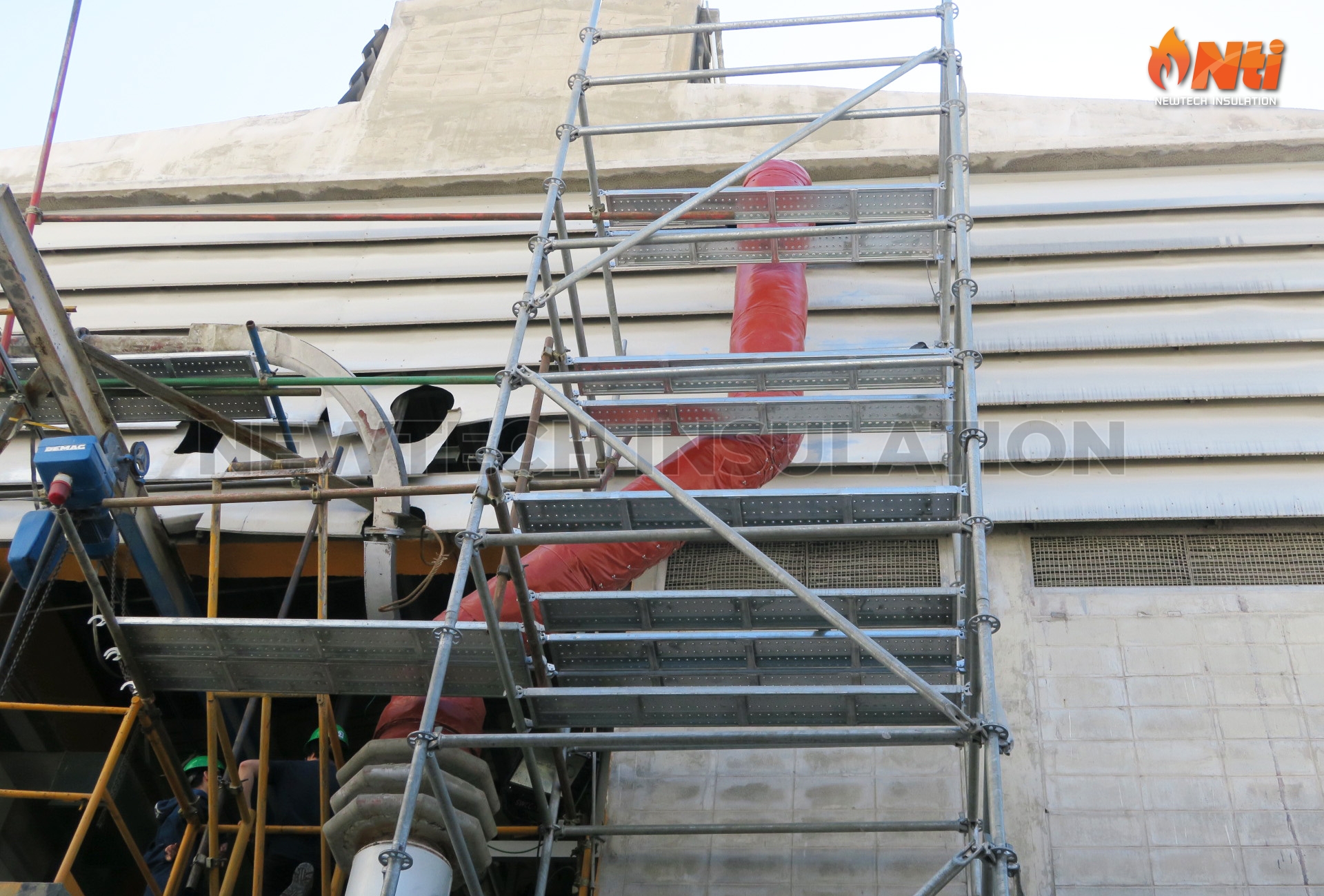







Any unauthorized copying, reproduction, modification, or distribution of any part of this content is strictly prohibited without written permission from Newtech Insulation Company Limited. Any violation will be prosecuted to the fullest extent of the law.
Thermal conductivity is a crucial parameter when selecting appropriate insulation for specific applications. It represents a material’s ability to conduct heat through itself, indicating how thermal energy moves from one area to another within the material through conduction. In other words, thermal conductivity helps evaluate a material’s efficiency in heat transfer. Insulation with low thermal conductivity can prevent heat loss or gain better than those with high thermal conductivity, making it suitable for applications requiring maximum temperature reduction.
Important facts about thermal conductivity:
Note: According to ASTM C335 standard, the maximum recommended thermal conductivity for thermal insulation should not exceed 0.065 W/m·K at 200°C and 0.073 W/m·K at 450°C.